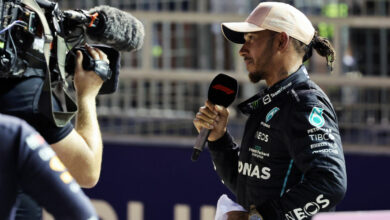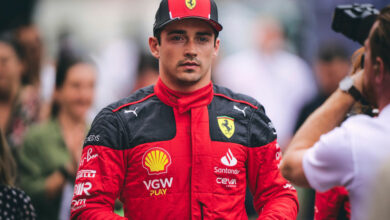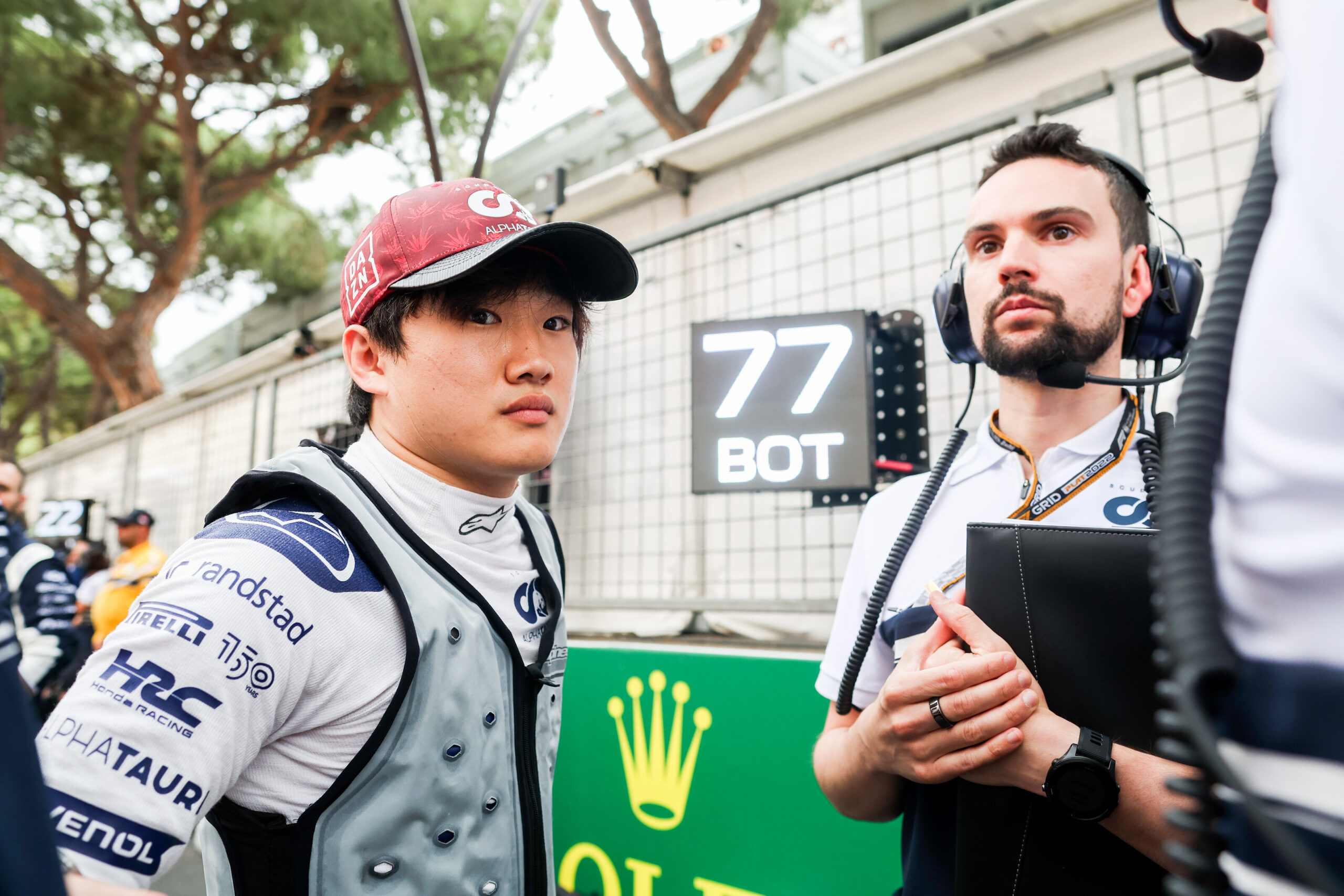Max Verstappen Triumphs in Thrilling Dutch Grand Prix Amidst Chaos and Strategy Twists
In an exhilarating Dutch Grand Prix marked by rain, strategy shifts, and dramatic pitstops, Max Verstappen emerged victorious at Zandvoort. The race was rife with incidents, penalties, and noteworthy performances from Fernando Alonso and Pierre Gasly, who completed the podium after a penalty reshuffle.
Key Takeaways:
- Dynamic Weather and Pit Strategy: The onset of rain at the start of the Dutch GP significantly impacted the race, leading to a rapidly changing grid and strategic decisions. Teams and drivers had to adapt quickly, with Max Verstappen ultimately mastering the conditions to secure victory.
- Penalties and Pitstop Blunders: Several drivers, including Sergio Perez and Pierre Gasly, received penalties for infringements such as speeding in the pit lane. Charles Leclerc and Sergio Perez experienced significant delays during their pit stops, greatly affecting their race outcomes.
- Dramatic On-Track Events: The race saw multiple incidents, including Logan Sargeant’s crash and Zhou Guanyu’s later collision, bringing out a safety car and a red flag. Notable overtaking maneuvers from Lewis Hamilton and Pierre Gasly kept the action intense until the end.
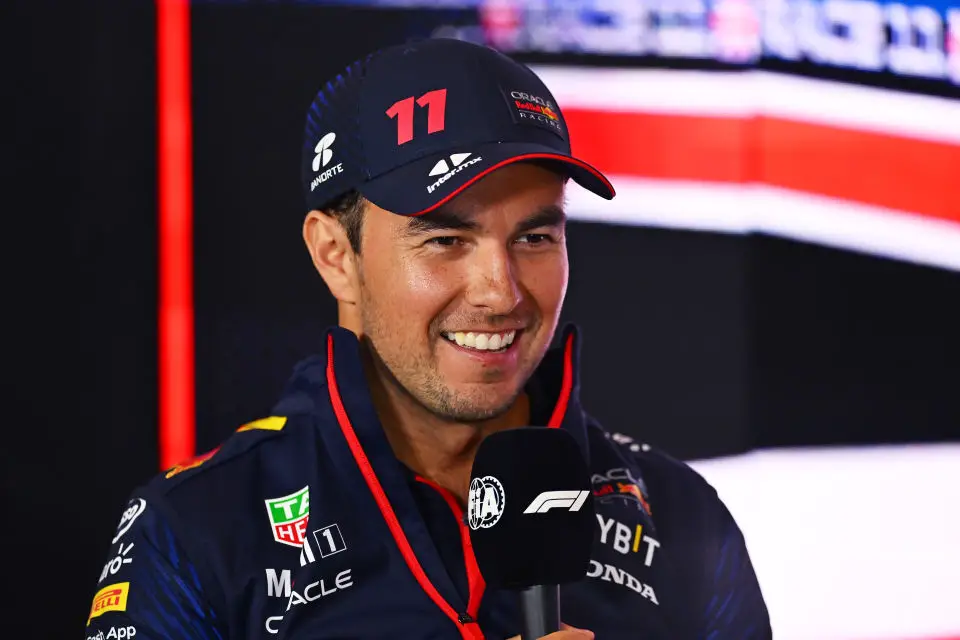
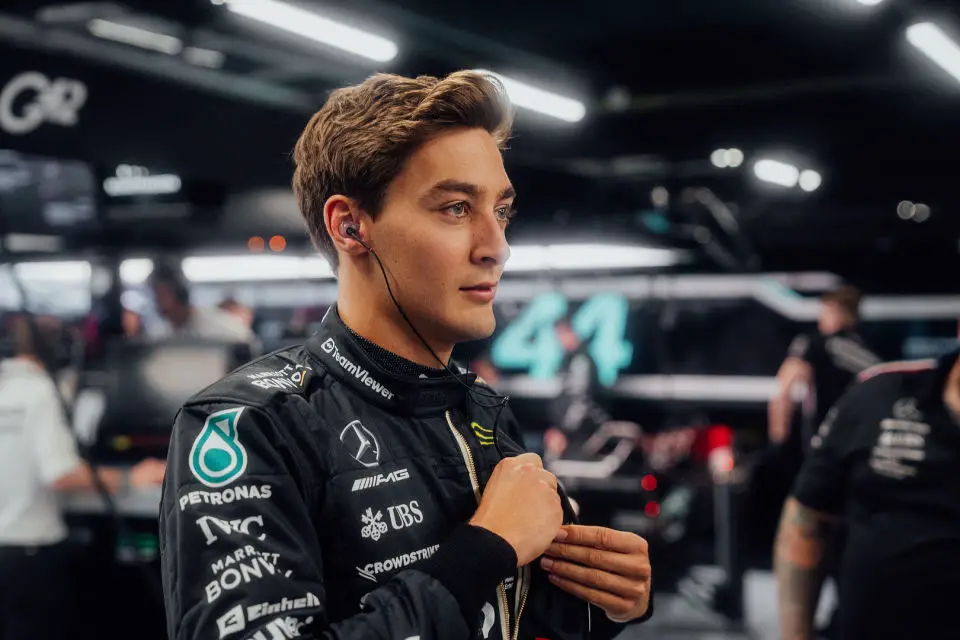
The Dutch Grand Prix at Zandvoort delivered an electrifying spectacle, demonstrating the unpredictable nature of Formula 1 racing. Max Verstappen, a two-time champion, showcased his skill and composure under challenging conditions to clinch the victory. His win was not just a testament to his driving prowess but also to his team’s strategic acumen, especially under rapidly changing weather conditions.
Behind Verstappen, the race for the remaining podium spots was fiercely contested. Fernando Alonso put in a remarkable performance to finish second, while the initial third-place finisher, Sergio Perez, suffered a post-race demotion due to a time penalty. This promoted Pierre Gasly to third, highlighting the significant impact of in-race penalties on the final standings.
The Grand Prix was marked by several critical incidents and decisions. The rain at the start threw the initial strategies into disarray, leading to an ever-changing grid order. Charles Leclerc’s early pitstop mishap was a key moment, severely affecting his race outcome and leading to his eventual retirement due to car damage.
The penalties played a crucial role in shaping the race’s outcome. Liam Lawson on his F1 debut, Pierre Gasly, Sergio Perez, and Yuki Tsunoda all received time penalties for various infractions. These penalties had a substantial impact on the final standings and showcased the tight regulatory environment in which F1 operates.
Logan Sargeant’s unfortunate crash and Zhou Guanyu’s later collision brought additional drama to the race, leading to a safety car and eventually a red flag. These interruptions added another layer of complexity to the teams’ strategies.
Despite these challenges, the race was filled with impressive overtakes, particularly from Lewis Hamilton and Pierre Gasly, keeping the excitement levels high throughout. The unpredictable weather in the final laps added a further twist, leading to intense battles and strategic gambles.
The Dutch GP once again confirmed the high level of competition in Formula 1, with each race bringing its own set of challenges and surprises. As the season progresses, the focus remains on the drivers and teams as they navigate the complexities of this high-stakes sport.

